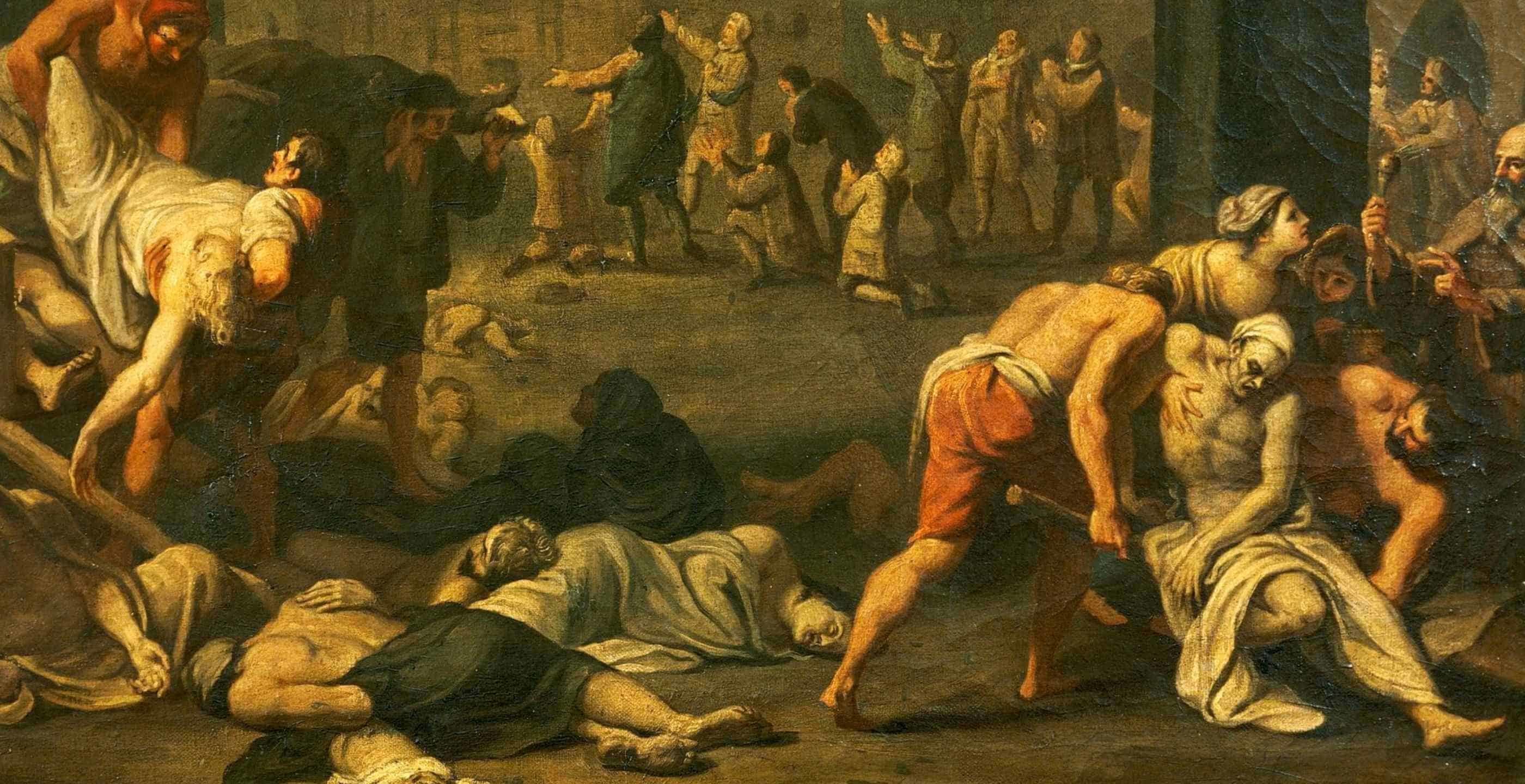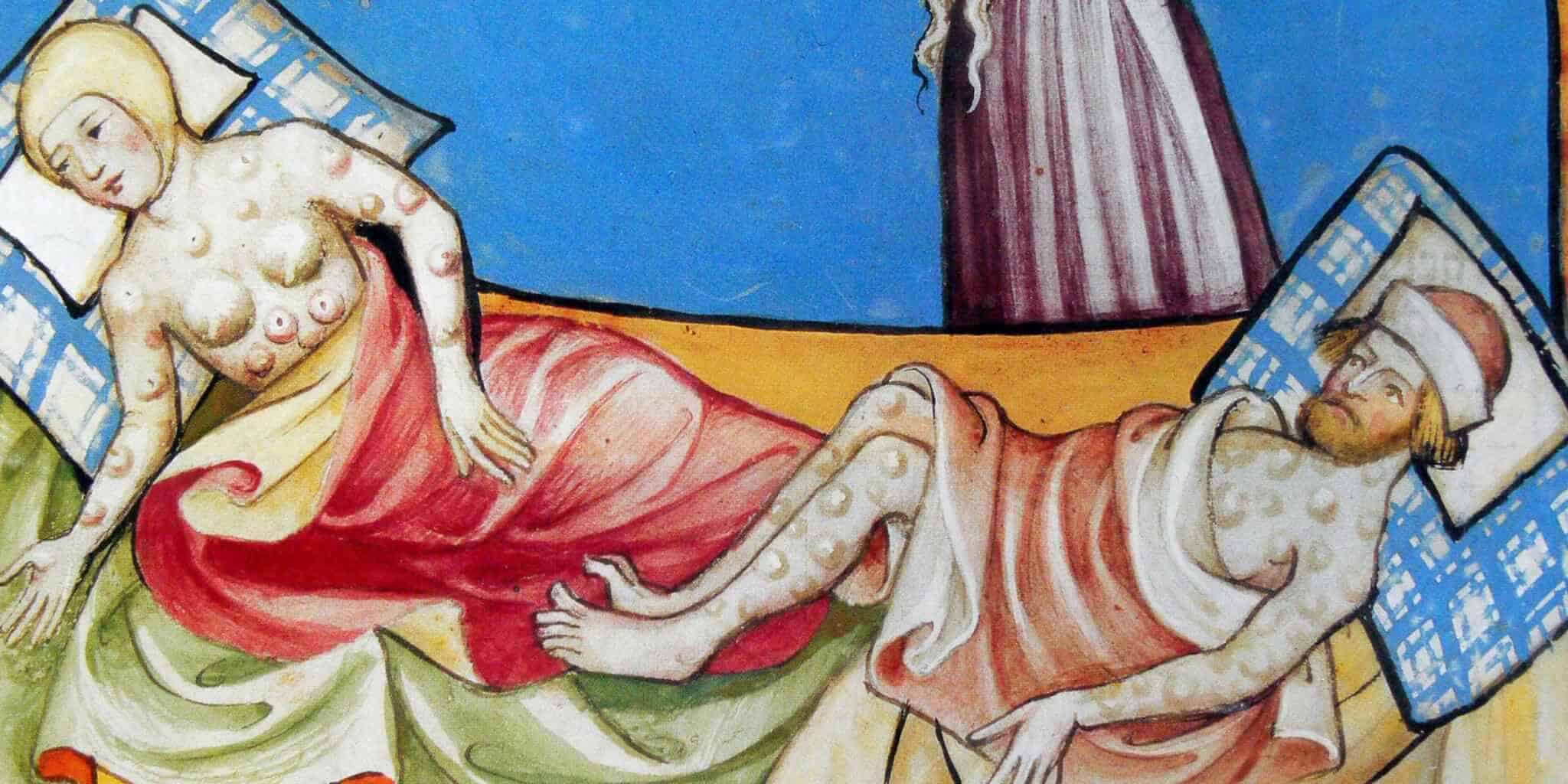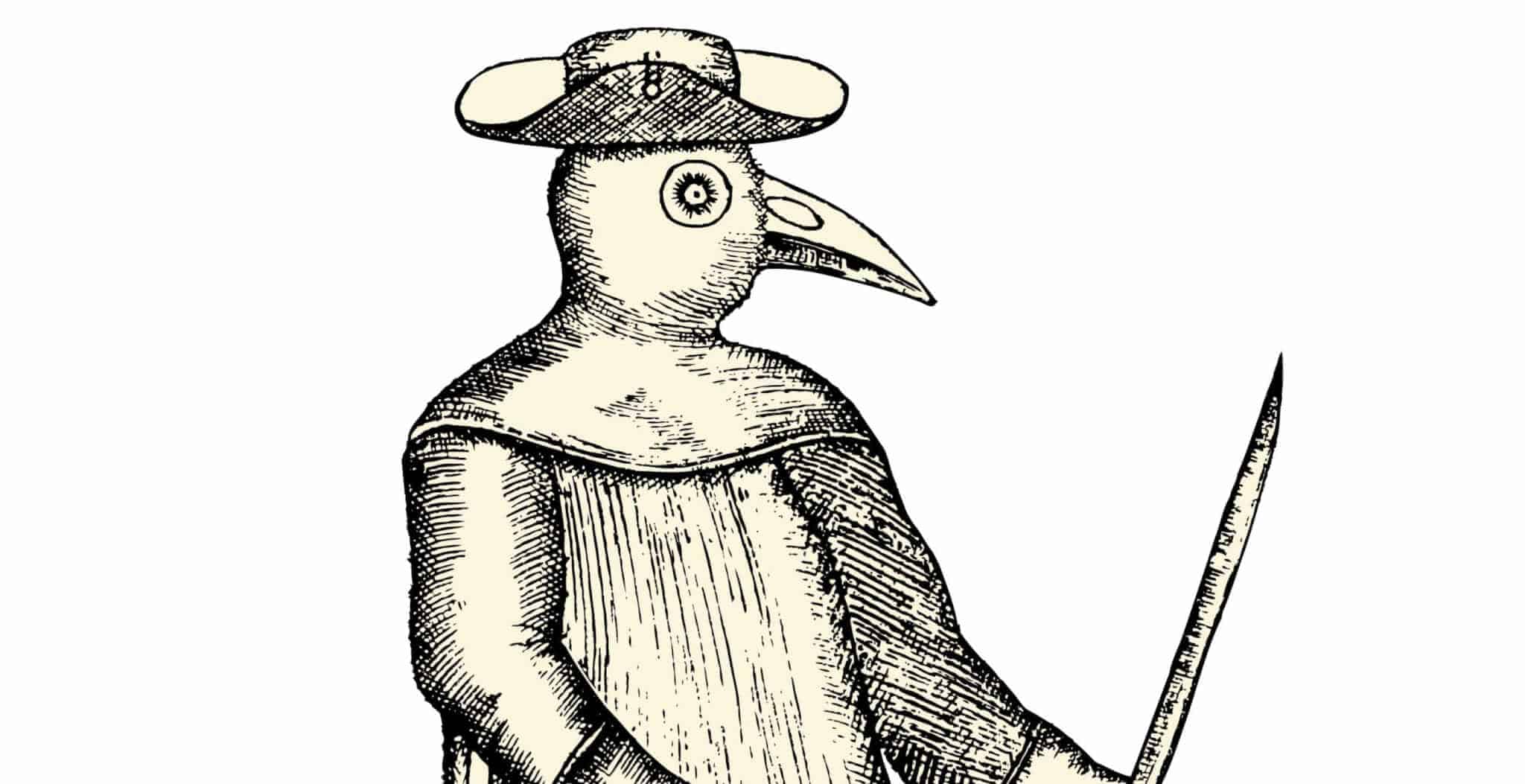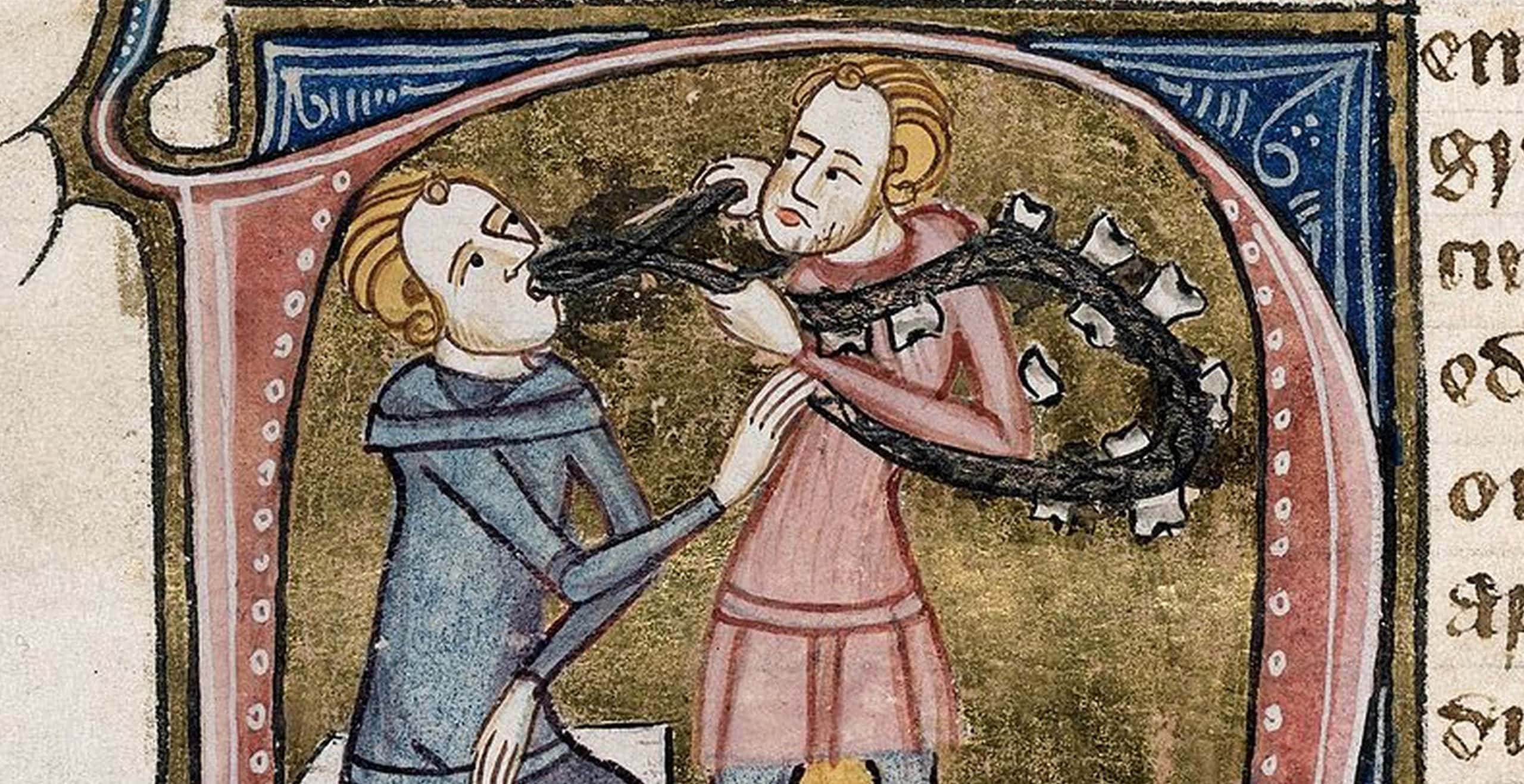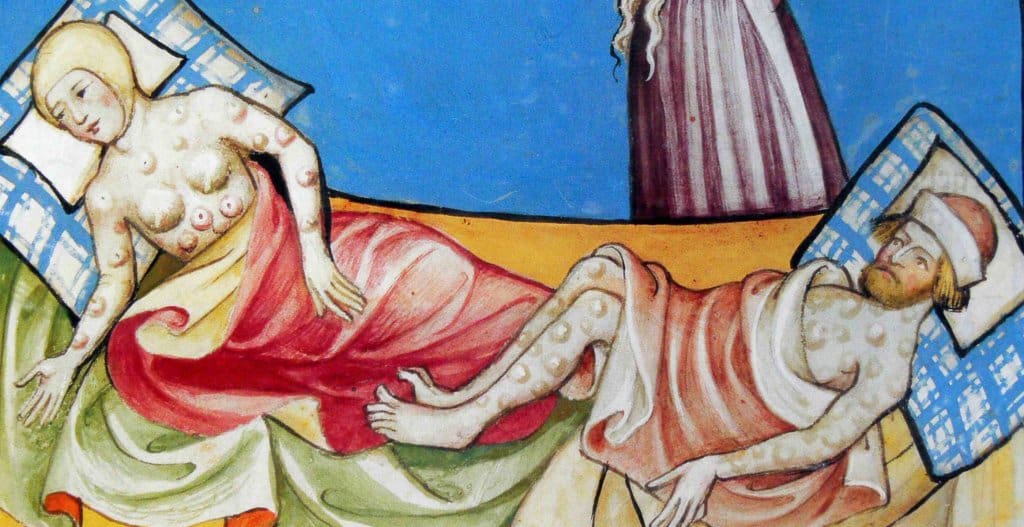Was the Black Death really such a disaster?
The brutality of the Black Death was matched only by the speed of its rampage across medieval Europe. One third of the English population was wiped out. The feudal system – brought into existence nearly 300 years earlier under William I – was damaged, and the unquestioned belief in the supremacy of the Catholic Church was destroyed. But for those peasants who survived, there was a new positivity about life. Taxes went down, wages went up and they felt significant for the first time in history. So was the Black Death really such a disaster?
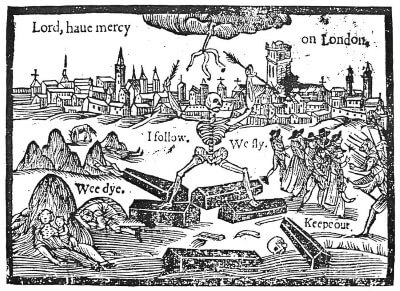
There were many theories at the time as to the origins of the Black Death. Some people proposed that the germs of this virulent disease hovered above pools of stagnant water in the swampy marshlands of Asia. Some suggested it started with the Jews polluting drinking water in the growing cities of Europe. Some put forward the theory that the Black Death was a punishment from God for man’s failure to meet biblical expectations.
Whatever the truth, the average peasant cared not. What they did care about was that when the disease, carried in the bowels of trading ships from Europe, made port at Dorset in 1348, it ripped through England with terrifying ferocity.
Early symptoms of the disease included sweats and vomiting, but this soon gave way to uncontrollable spasms as the body lost its ability to control muscle function. Black bruising under the skin and black pus filled buboes (large swellings) developed in the groin or under the arms. These black markings gave the disease its dramatic name.
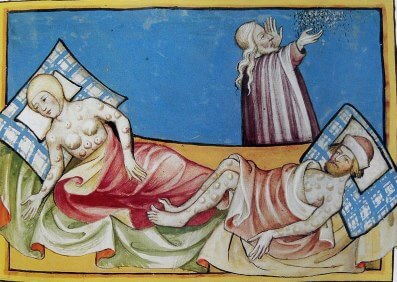
At the time, it was thought that should the buboes burst on the fourth day, you may have a slim chance of survival, but historians now believe that 70% of victims died within five days. As the disease developed into another strain called pneumatic plague and became airborne, the survival rate evaporated: now 100% of those contracting the pneumatic plague died. In total 30-40% of the English population perished and in some villages, the death toll reached 80-90%. It is estimated that London’s population reduced from 100,000 to 20,000 in a single generation.
The feudal system, created after the Conquest in 1066 by William I as a method of consolidating his power, had resulted in the subordination of the peasants and the solidification of the position of the nobility in England.
At the head of the system, the king owned vast amounts of land. What he needed however was money, food and a standing army. By sharing out land to his barons who in turn passed it on to their knights and peasants, William made sure that he was paid taxes and provided with an army bound to serve him each year. The reward of land to the richer nobles also assured their loyalty.
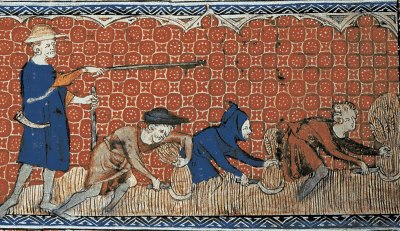
The feudal system served the needs of the rich perfectly. The peasants however were tied to the land, forced to work in order to pay their lord for their land through their servitude. They were effectively slaves, and were treated as such. Peasants had to ask the permission of their lord to leave the village, to ground their corn in the lord’s mill or even for their daughters to marry.
The huge loss of life after the Black Death altered this. Peasants had died in their thousands. Some villages never recovered, and with no workers to plough and gather in the harvest, they fell into disrepair and disappeared.
However not all was lost for the peasants who survived. The Black Death had tested their faith in the feudal system: God had struck down people of all classes with the pestilence. This prompted new ideas about equality and a new found self-respect.
In order to address the shortage of labour, many nobles started offering better working conditions and higher wages, and peasants could – for the first time – negotiate their conditions and be paid more fairly for the work they did.
Furthermore, because of the severe shortage of labour, taxes went down and wages went up. The drastic decrease in population also meant there was also an oversupply of goods, and so the price of consumables dropped. Those who had survived the plague began to enjoy higher standards of living as a result.
While there was a significant improvement for many peasants, some sections of society did not benefit at all from the impact of the Black Death. The Jewish community was often blamed in the hysteria that accompanied the spread of the disease. Accused of poisoning the wells in many villages, Jews were tortured and expelled across Europe. The Catholic Church also suffered: depopulation and the ‘deregulation’ of society meant smaller congregations. Parish priests and bishops lost their hallowed status in many areas: if God was punishing all people with the pestilence, then maybe the clergy were not so superior after all. The loosening of the Catholic Church’s hold on society can therefore be traced back to the time of the Black Death.
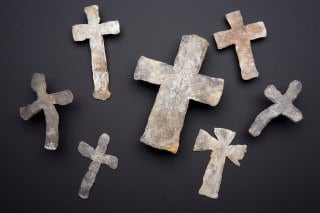
So was the Black Death really such a disaster? With an estimated death toll of 75-200 million people, it’s hard to argue otherwise.
However, it could be argued that for those peasants who survived, life improved quite significantly. They had more money in the post-plague world, and their expertise and labour was needed more than ever to keep the fragile systems of Europe running. In some instances they could even negotiate their own working conditions…
… that is, until King Richard II attempted to stop all of that, but that’s a story for another day!
